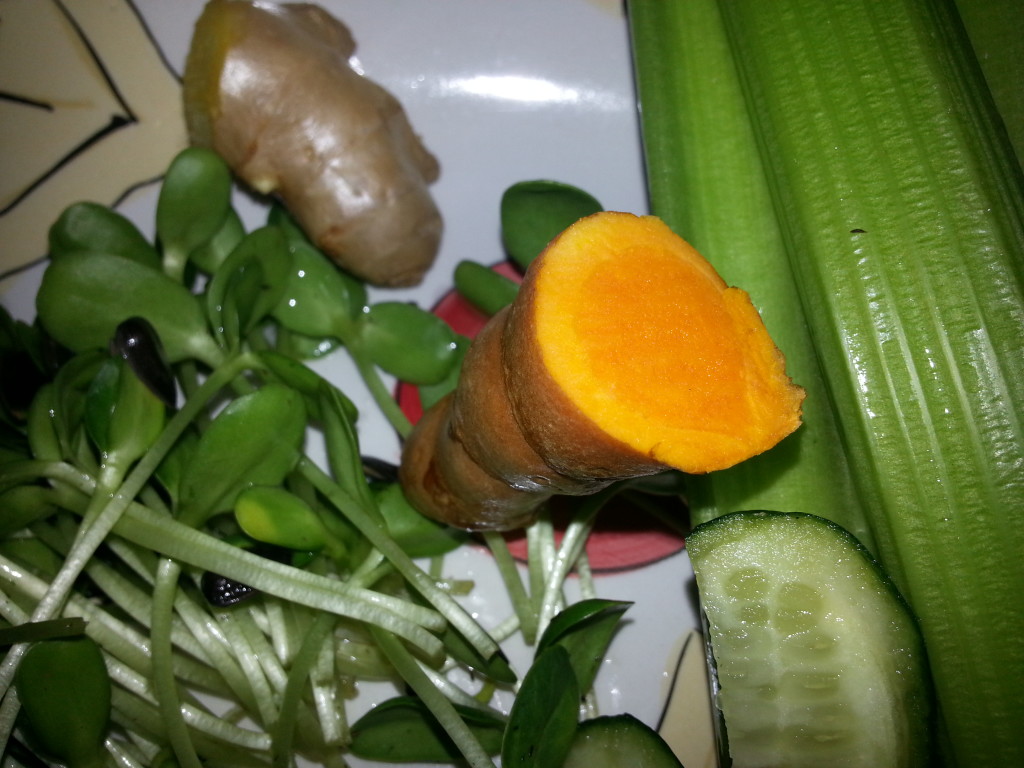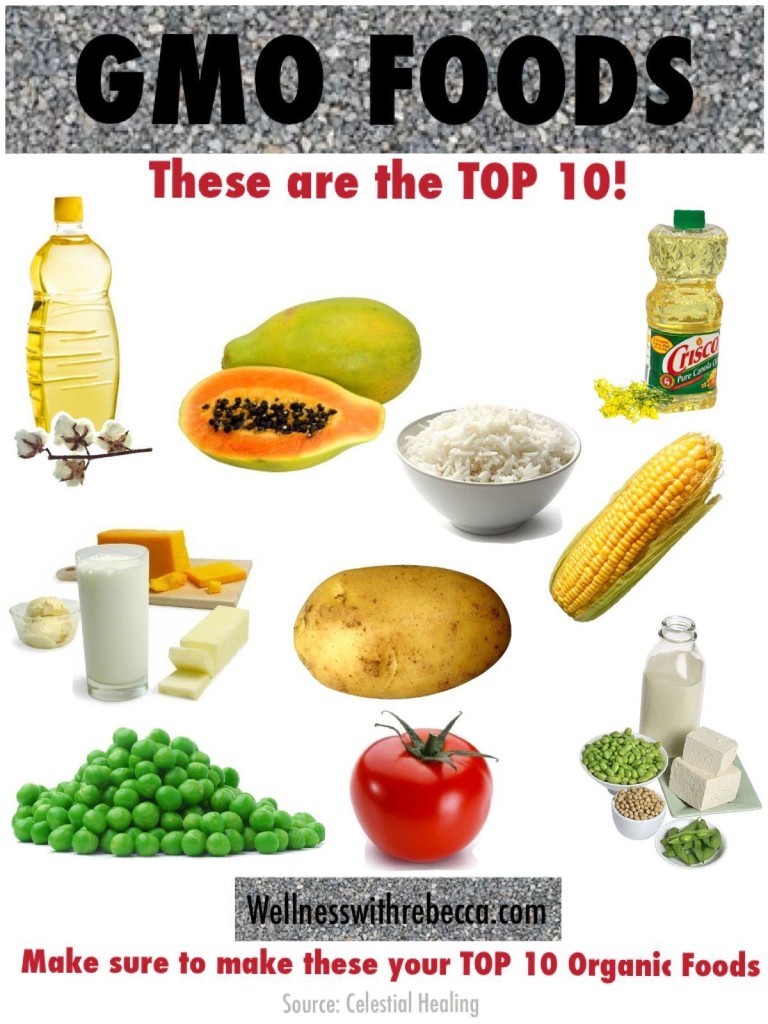An Interview With Harvey Diamond-Fit For Life!
Harvey Diamond (he has dropped the Dr.) was a pioneer in alternative health with his book Fit For Life way back in 1985 before computers and we all had to go to the local library to look up things.I read his book and for me, it was a real eye-opener. I think mainly because it […]
Amazing Turmeric

Turmeric has been a main spice ingredient in Indian food and I may have purchased the orange colored spice once in my life and left it in the spice cabinet for years where it hardened and I threw it in the trash. To tell you the truth I never knew what to do with it. […]
Juicing For Weight Loss

The Best Juicing Recipes For Weight Loss From The Cruciferous Vegetables List Rika Susan shares her passion for juicing and healthy living on her website Best-Juicing.com. Check out more of her Smoothie and Juicing for Weight Loss Recipes. What are the best juicing recipes for weight loss? Why is the cruciferous vegetables list crucial when it comes […]
Juicing vs. Smoothies

JUICING VS. BLENDING: WHICH ONE IS BETTER? This is a question that I get asked all the time. Which is better: juicing or blending? Does one offer more health benefits than the other? Juices and smoothies both play an important role in any wellness program. Experts believe that both juicing and blending are very beneficial, […]
A Diet Cure For Cancer? Hallelujah Diet!

I heard about the Hallelujah Diet from my neighbor who has a relative that had cancer and was given the “prepare for death” speech from his doctor. The man went home and went on the diet and well, that was over 10 years ago, so according to him, it works? In case you have never […]